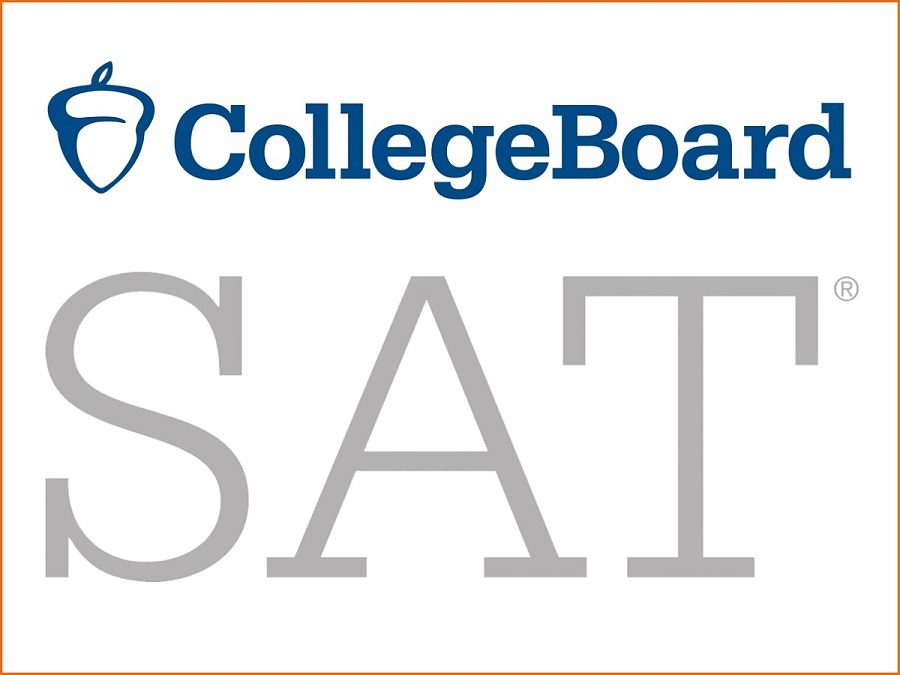As the clock ticks down to the February 8th ACT exam, it’s time to take control of your final preparation for the math section. Whether you’re a seasoned test-taker or a first-time challenger, your math performance can significantly impact your overall score. But don’t worry! You still have time to make sure you’re fully prepared. Here’s a focused, strategic review of the key topics to master before the big day.
1. Algebra: Solve With Confidence
Algebra is a cornerstone of the ACT Math section, making up many of the questions. To perform well, make sure you understand:
- Solving Linear Equations and Inequalities: Know how to manipulate and solve for variables in simple and complex equations.
- Systems of Equations: Whether through substitution or elimination, be ready to tackle systems of equations that require multiple steps.
- Quadratic Equations: Get comfortable solving quadratics using factoring, the quadratic formula, and completing the square.
Quick Tip: Practice recognizing which method to use based on the problem type. Sometimes factoring is easiest, but other times, the quadratic formula is the quickest way to go.
2. Geometry: Shapes, Angles, and Trigonometry
Geometry also plays a big role in the ACT Math section, so be sure you’re familiar with these concepts:
- Area and Perimeter: Know formulas for circles, rectangles, triangles, and complex shapes.
- Volume: Practice problems involving the volume of 3D shapes like cubes, spheres, and cylinders.
- Pythagorean Theorem: This is a staple of geometry. Be comfortable using it to find missing sides of right triangles.
- Basic Trigonometry: Know sine, cosine, and tangent relationships, and practice applying them in right triangles and word problems.
Quick Tip: When solving problems involving angles, always think about supplementary and complementary angles, especially when they appear in complex shapes or word problems.
3. Data, Statistics, and Probability: Interpret and Analyze
In this section, you’ll be asked to interpret data from tables, graphs, and charts. Here are the key areas to focus on:
- Mean, Median, Mode, and Range: Make sure you can quickly find the average, middle value, and other central tendencies in a data set.
- Probability: Understand how to calculate the likelihood of an event happening, including simple and compound probabilities.
- Interpreting Graphs and Charts: Whether it’s a scatter plot, bar graph, or line chart, practice analyzing and extracting relevant information.
Quick Tip: If you get stuck on a problem involving a graph or table, focus on identifying the trend or relationship between the data points.
4. Advanced Algebra: Polynomials and Rational Expressions
As you move into more advanced algebra topics, keep these areas fresh in your mind:
- Polynomials: Be prepared to add, subtract, multiply, and divide polynomials.
- Factoring: This is critical—know how to factor quadratic expressions, group terms, and factors by using the difference of squares or perfect square trinomials.
- Rational Expressions: Understand how to simplify, multiply, divide, and solve problems involving rational expressions.
Quick Tip: When factoring, always look for the greatest common factor (GCF) first—it can simplify many problems and give you a head start.
5. Word Problems: Translate and Solve
The ACT loves to throw word problems your way, so don’t neglect this important skill. Practice translating real-world situations into algebraic equations that can be solved step-by-step.
- Distance, Rate, and Time: Make sure you can set up and solve these types of problems, which frequently appear on the test.
- Work Problems: Understand how to handle problems that deal with multiple workers, rates of work, and combined efforts.
- Mixture Problems: These typically involve percentages and ratios, so practice setting up equations that help you solve for unknowns.
Quick Tip: Break down the word problem into smaller pieces. Identify what you’re solving for, the known variables, and the relationships between them.
6. Mental Math and Time Management
While studying these concepts, don’t forget the importance of mental math and timing. The ACT Math section is timed, so you have to work efficiently.
- Mental Math: Practice doing basic arithmetic, squares, and cube roots in your head to save time. This will be particularly useful when you’re handling easier questions.
- Time Management: Keep track of your pacing. Aim to spend around 1 minute per question, with some buffer time for tougher problems. If you get stuck, skip the question and revisit it later.
Quick Tip: Use the process of elimination when unsure about an answer. Narrowing down your choices can increase your chances of selecting the correct one without wasting too much time.
Final Steps Before the Test:
- Take Practice Tests: Take a few timed practice tests to simulate the real exam experience. This will help you gauge your pacing and identify any weak areas.
- Review Your Mistakes: After taking practice tests, carefully review your incorrect answers. Understanding why you got something wrong is as important as knowing what you did right.
- Get Plenty of Rest: Don’t cram the night before! Your brain works best when it’s well-rested. Get a good night’s sleep so you can go into the test feeling sharp and confident.
Conclusion:
By mastering these core math topics, you will be confident to excel in the ACT Math section. Prioritize these areas in your final review sessions, and take time to solidify your understanding of each concept. With focused preparation, you’ll walk into the test ready to tackle any challenge. To learn some strategies to Ace the Test,you can download the Socrato free ebook from here “Strategies to Prepare ACT in an Effective Way”
Remember—consistent practice and strategic review are your keys to success. Best of luck as you prepare for your ACT on February 8th!










